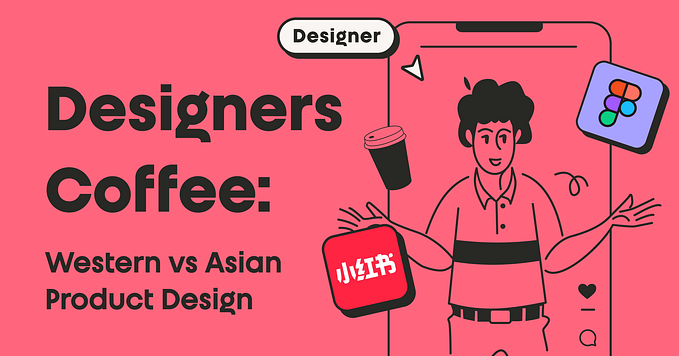When people say money is free or expensive, what do they mean?
Recently, you may have heard that money is getting more expensive. But how can money be expensive?
Money is, well, just money.
And even if it is getting more expensive, why should I care?
Well, it affects your personal life and professional life. So, let’s look at what is the price of money and how that’s relevant to the work of designers.
1. What is the price of money?
When we talk about the price of money, we actually talk about the interest rate, which is the amount we have to pay to borrow money. For example, if we take out a 1-year loan of $10,000 and our interest rate is 10%, we will have to pay back $11,000 after 12 months.
But interest rates are not just money’s price. They are one of the most powerful tools economists have to help navigate business cycles. They lower interest rates to help recover the economy in crises and they raise it in prosperous times to keep inflation in the desired 1–2% range.
So, if you think back to the beginning of the COVID pandemic outbreak. We all stayed at home and nobody was spending money so the demand for money was low. To make money more appealing, banks lowered the interest rate and people started spending again, which helped recover the economy.
However, this created another problem that we are dealing with right now. Inflation. And what can we do to fight inflation? Raise interest rates. When money becomes more expensive, fewer people and companies spend it, which cools down the demand for goods and hence helps slow down inflation.
2. What are average interest rates? Where are we now?
FED’s interest rate has averaged around 5.5% from 1970 to 2022 with a record low of 0.25% in 2008 and a record high of almost 20% in 1980. But as you can see in the graph below, we had a prolonged period of very cheap money since 2008. And the business world got addicted to this cheap money. So, when a central bank raises interest rates to just 1.5% (as of the end of July 2022) everyone freaks out.

3. How does the cost of money affect companies?
When money is expensive, fewer projects make financial sense. If the cost of money is raised by a couple of percentage points that can be a difference between a profitable and loss-making project.
When money is expensive, there is less VC money. This means that startups have a harder time raising money. That puts pressure on them to switch from a growth to profit mentality. That’s why you are hearing about all these layoffs among startups. Companies are focusing resources on their safest bets toward profitability and long-term survival.
When money is expensive, companies that are less capital intensive (companies requiring less money to operate and grow) perform better because they need less of that expensive capital. So, we may see big companies in capital intensive industries look for opportunities in capital light sectors.
I dove deeper into how cost of money affect startups, corporates, and venture capital firms in this podcast episode.
4. How is all this relevant to the work of designers?
- Products and startups that are losing money will have big challenges securing more investments to keep going. So, if you work on a product that is not profitable yet, drop everything else and help bring it into black numbers (this means profitable). This may involve applying design on improving conversions, upgrading the value proposition and hence raising the price, or increasing customers’ loyalty.
- If you can choose your own projects, try focusing on those that are less capital intensive (e.g. software over hardware). The same goes for starting your own thing. Hold on with that hardware idea.
- This time may be a welcome chance for bigger companies and those that are profitable. That up-and-coming startup that grew so quickly and you tried to emulate, may show its first cracks. If you work for a big corporate, can this be your opportunity?
If you got any question or comments on the topic, I would love to keep chatting below 👇 Or let me know what other business concept I should deconstruct and explain its relevancy for designers.









